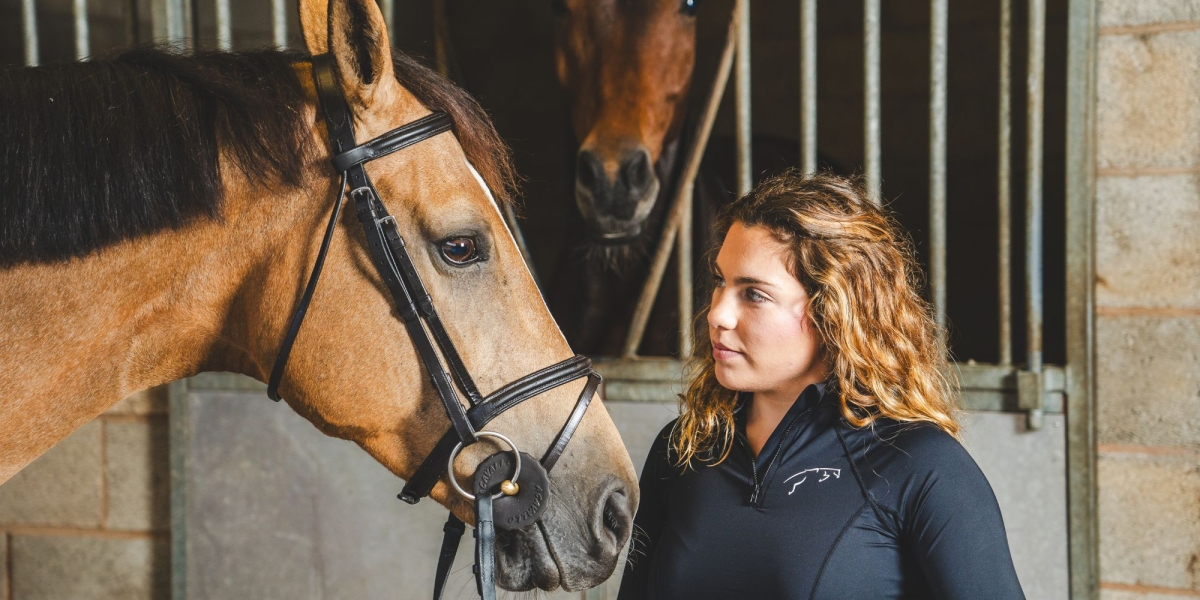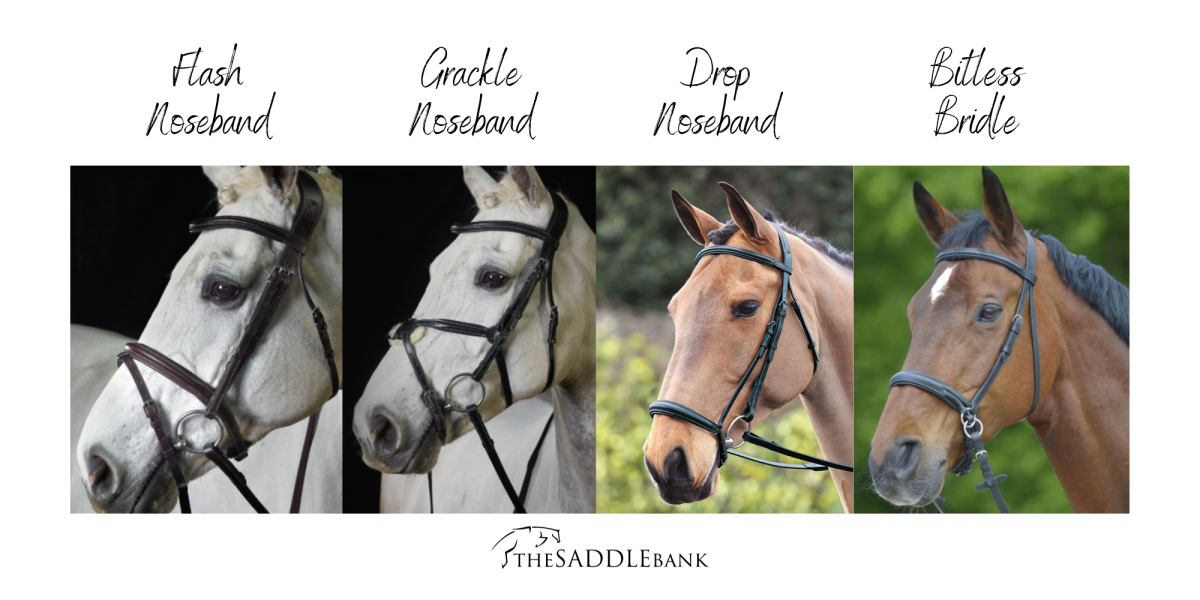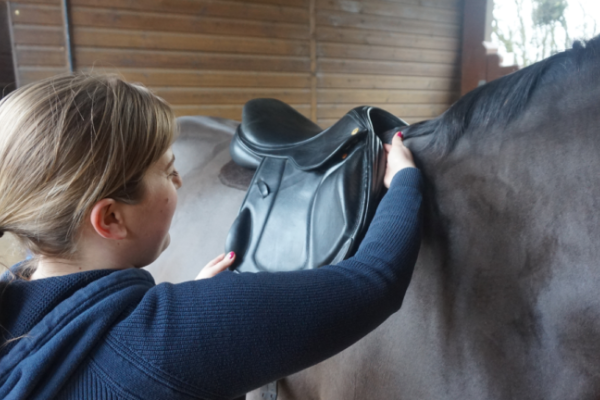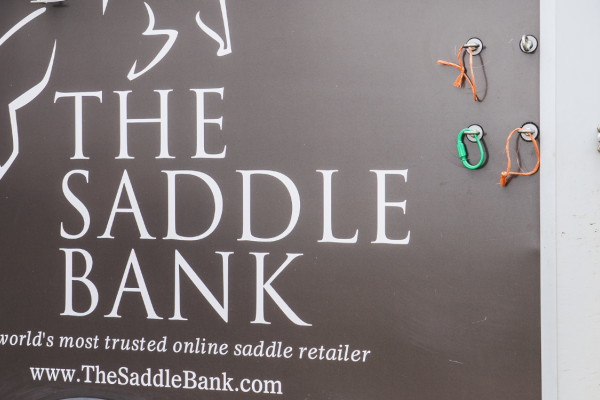The Cavesson bridle
In this article we will discuss all the Cavesson Bridle, where the name comes from and its uses. We will also briefly look at other types of nosebands and and what might be suitable for you and your horse.
A bridle is a very important piece of equipment; it is one of the main sources of communication between you and your horse whilst riding. The bridle can control the speed, pace, movement, and steering. Most bridles are made from cowhide leather, however there are synthetic options.
If you are still a bit confused about which bridle or any bridle related product is best for you why not get in touch with our friendly customer support team. Via phone on 01733 301 488 or email info@thesaddlebank.com. Our lovely team are always happy to help as much as they can and provide you with the information you need to make the best decision for you and your horse.
What are the main different types of bridles?
The Cavesson Bridle refers to the noseband of the bridle. Check out this blog to see what type of our GFS bridles would suit your horse. Click here to view our full range of bridles from a variety of brands.
There are several different types of nosebands:
- The Cavesson
- The Grackle
- The Drop
- The Flash
These bridles can be distinguished by their nosebands.
The following types of bridles can be distinguished by the bit:
- Bitless / Hackamore
- Weymouth / Double
The Bitless bridle is exactly what it says on the tin. The Double bridle has two bits. Both of these types of bridles gives a very different feel to a normal bridle, so we would recommend only to use them if you and your horse are experienced.
What is a Cavesson bridle?
Did you know? The word ‘Cavesson’ comes from the French means nose-band for a horse. What we find interesting is that in general, in every country, every horse goes in a different style. The French like to keep things simple. They prefer less tack on their horses, to allow the horses to go in a more natural way. A lot of French riders ride their horses in a snaffle bridle.
The purpose of the cavesson noseband is simply to break up the length of the horse's face, not to keep the bridle on the horse, it was created for an aesthetical reason not a practical use. Most horses are well suited to a cavesson noseband. To compete in dressage the horse must have a noseband on it's bridle due to British Dressage and FEI rules you are not allowed to compete without a noseband.
A Cavesson bridle has a very simple style and can be adapted to each discipline. It gives an aesthetically pleasing view by 'breaking up' the length of a horses face. For example, the show jumpers tend to have thinner leather, sometimes even in a roped version, this is so to give more direct pressure. The dressage riders have their noseband padded out, to give more equal pressure. Whereas showing riders want a plain leather cavesson which varies on thickness as to what 'type' of horse you are competing. It should be placed 2-4 cm (or two-three fingers) below the cheek bone. If fitted too high and close to the cheekbone any noseband can put pressure onto arteries and nerves that run right at the end of the cheekbone. Causing discomfort and potential damage to your horse.

Flash Noseband
If your horse is evading the contact, then you can get a flash attachment to put on your cavesson bridle. This then turns the bridle into a flash bridle, this can be used to help keep the horses mouth closed and them stiller in the contact. If you ask your horse to shorten and they evade the contact by opening their mouth, it can cause a lot of communication issues.
A flash or any noseband should never be used tightly to prevent a horse from opening their mouth as they may be trying to tell you something is wrong. A too tight noseband can cause many more problems than its purpose is trying to fix. As a rule of thumb you should be able to fit at least two fingers between your horse's noseband and their face. Some horses prefer a noseband with a lower fastening as it can keep the bit stiller in the mouth and give the horse a more secure feeling in the contact.
The Grackle Noseband
The Grackle is a very useful bridle. This bridle is effective on horses which cross their jaw and evade the contact this way. We would recommend this bridle for young horses, as when their teeth are growing a cavesson or flash bridle can put pressure directly on them, causing discomfort and resistance. A grackle sits higher and lower than the cavesson, so it has different pressure points. It goes in a figure of 8 around the lower part of the horses head. For more information on the Grackle Bridle, check out this blog.
The Drop Noseband
Then there is the drop noseband, invented by a German trainer. This noseband goes around the horses nose at a lower point than the standard cavesson. Pressure is applied on the low part of the nose, but once the horse relaxes the pressure stops. It is also a popular choice for horse's who like the stability that a flash can offer to the bit as well without putting pressure over your horse's incisors or molars.
Looking for a new bridle? Which ever noseband option it is you are looking for click here to see the range of bridles we have in stock, from snaffle cavessons and grackles to double bridles.
Can't see what you are looking for or need some assistance? Contact our super friendly team on 01733 301 488 or info@thesaddlebank.com
The Bitless Bridle
Are you at your wits end with your horse? Have you tried a variety of bits, but your horse still isn’t happy? Then perhaps try a bitless bridle (otherwise known as the hackamore). There are different types of hackamores. The English and the German Hackamore are the most common types.
There are also different types of bridle dependent on the discipline you’re in. For example, Western bridles don’t have a noseband. This is because they ride with a very loose contact, so they do not need a pressure point on the horses nose.
Icelandic bridles commonly they don’t have a brow band. The most common bridle for these horses is the drop-down noseband with no throat lash.
No matter what bridle you have for your horse, don’t forget it needs regular maintenance! Check out this blog on what you should use when to clean your tack.
Here at The Saddle Bank, we stock a wide range of bridles. We stock top of the range bridles from high end competition bridles to affordable bridles for everyday use. Click here find your next bridle.













